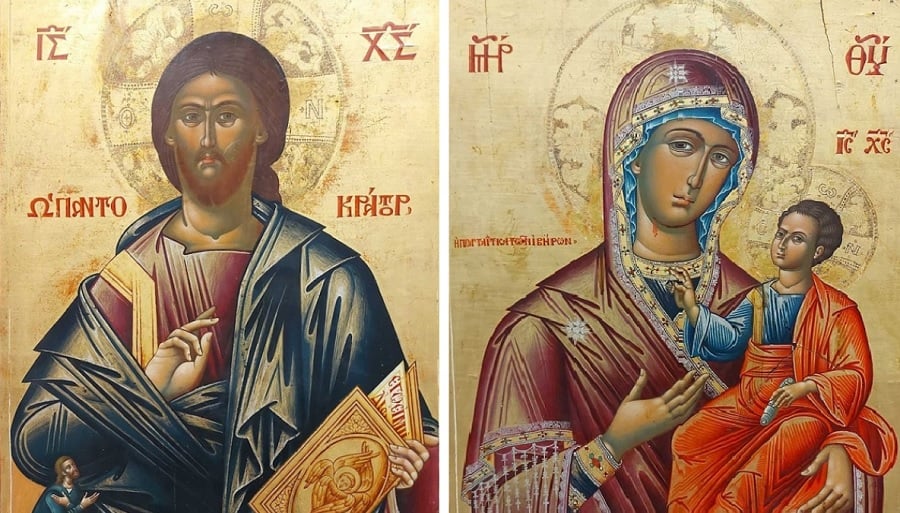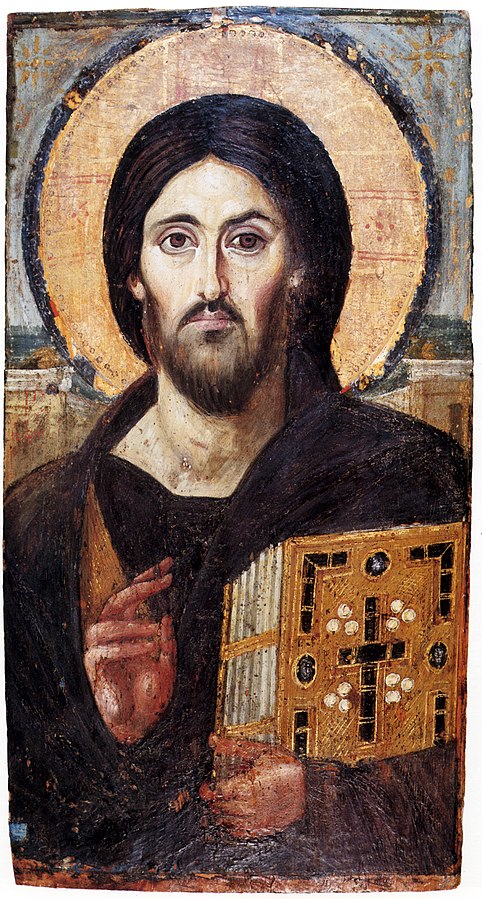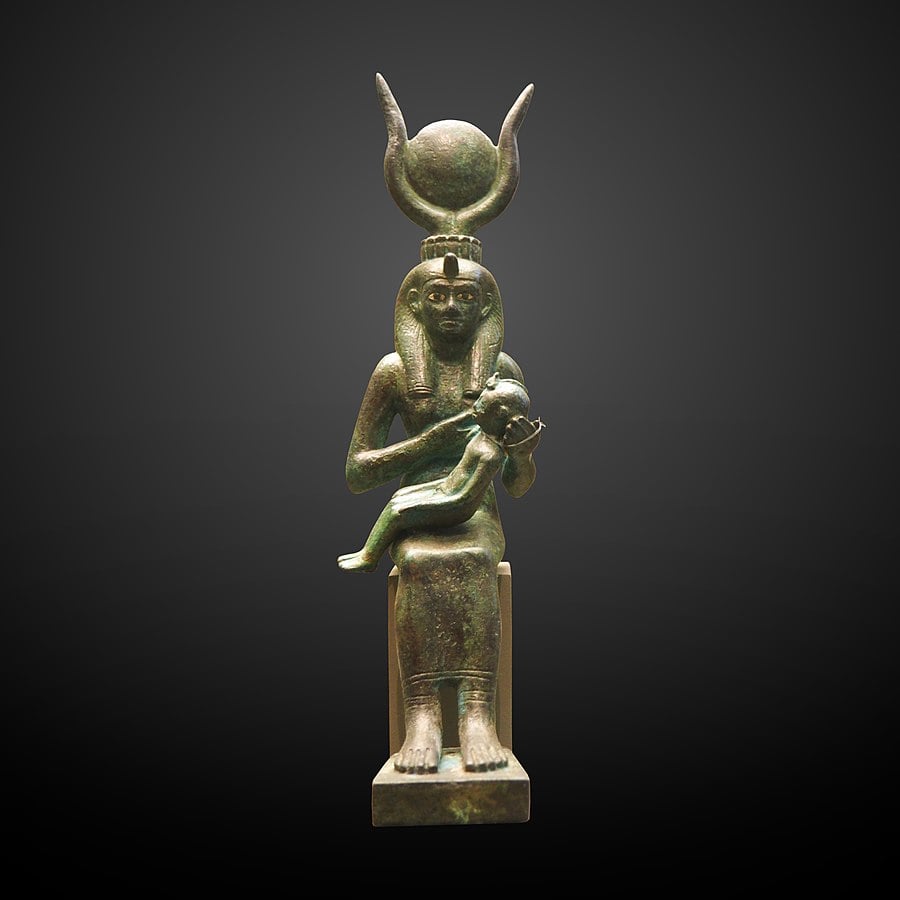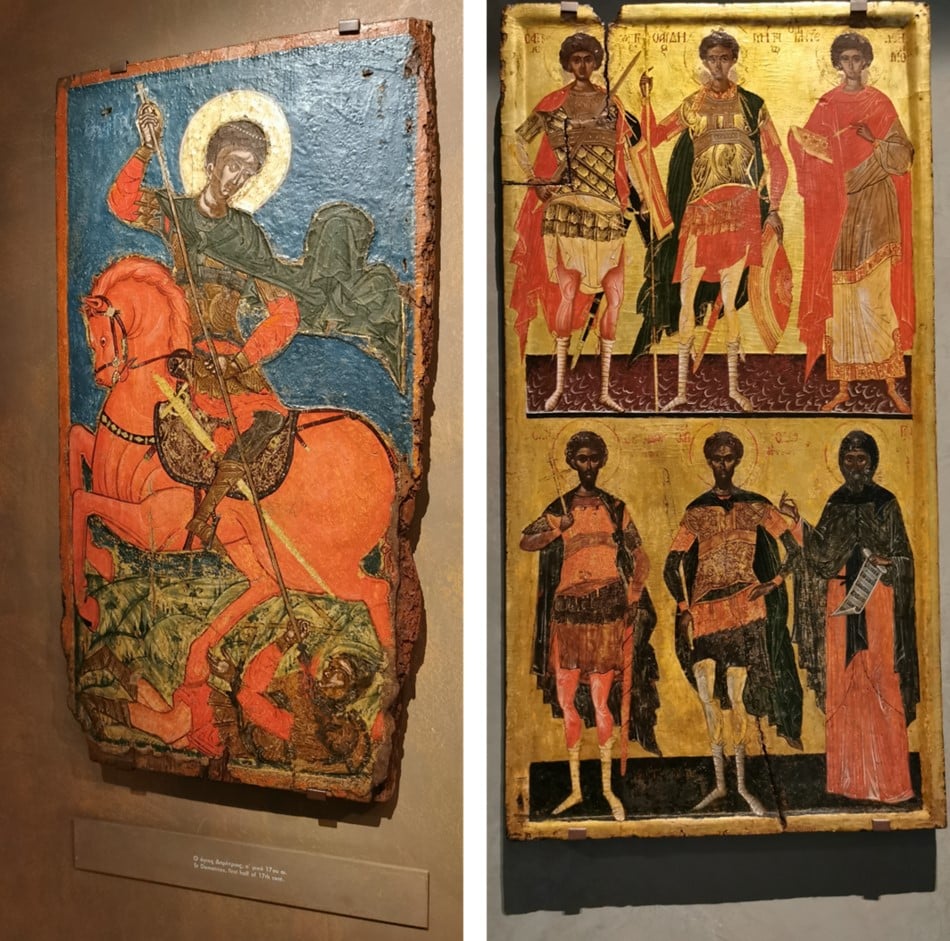
Religious icons of Christ, the Blessed Mother Mary, and the saints are integral to the religious practices of Orthodox Christians. The tradition was largely handed down to modern Christians by the iconographers of the Byzantine/Eastern Roman Empire.
However, the practice may have evolved from earlier pagan religious rituals. That the peoples of the ancient world worshipped statues and figures of their gods is well known, but newer evidence suggests that they also commissioned portraits of their gods to be venerated in their own homes, not unlike Orthodox Christian icons.
Moreover, during the transitory period between late antiquity and the early Medieval period, pagan worshippers may have concealed their religious practices by commissioning pagan portraits that could be mistaken for Christian icons.
The evolution from pagan portraits to Christian icons
The most notable proponent of the theory that Christian icons evolved in some way from earlier pagan practices is Thomas Mathews, a Professor in the History of Art at New York University’s Institute of Fine Arts. His work largely focuses on the Byzantine Empire.
Mathews’ viewpoint is that “The corpus of early Christian icons constitutes a kind of echo or mirror of the corpus of pagan panel paintings of Roman Egypt, sharing many of the same conventions”.
Panel paintings were typically attached to upper-class mummies from Roman Egypt. The style of the paintings was naturalistic, often with large expressive eyes, not entirely dissimilar to later Christian examples.

Panel paintings have been discovered across Egypt, especially in the ancient city of Faiyum. However, historian Judith Herrin has suggested that the portraiture practice may have been far more widely spread across the Roman Empire, but the paintings survived better in Egypt because the dry conditions preserved them.
It was common across the ancient world for the Greeks, Romans, and other peoples, to maintain shrines to the household gods. These gods were usually venerated with statues or statuettes, but during the later periods of antiquity, families may have begun to honor their gods with icons painted on wooden panels.
According to Herrin, “Inside private homes, the family lares (household gods) were also venerated; women in particular attended to these in domestic shrines and made offerings to the gods. This strong tradition of seeking protection within the home provided a context in which Christian icons gradually replaced ancient ones.”

Ancient inspiration?
Mathews argues that depictions of Christian figures on icons were largely derived from earlier pagan depictions of their gods, largely from the Greek, Egyptian, and Roman pantheons.
According to Mathews, iconographic depictions of Christ may have been based on paan portraits of the Greek god Zeus and the Greco-Egyptian deity Sarapis. Icons featuring a clean-shaven Christ may have been derived from depictions of the Greek god Apollo.
Mathews also argues that icons of the Virgin Mary and the infant Jesus were inspired by the pagan Egyptian iconography of Isis with Harpocrates. Similarly, haloed divinities of the ancient polytheistic religions, particularly images of Sobek, may have influenced later Christian iconographic schemes, in which saints and angels are usually depicted with their heads surrounded by halos.

Hiding in plain sight
Although certain Roman emperors had brutally repressed Christians, the religion spread throughout the empire and was gradually accepted. In 313 AD, Emperor Constantine issued the Edict of Milan, which decriminalized Christianity.
Later, in 380 AD, emperor Theodosius issued the Edict of Thessalonica, which made Christianity the official religion of the Roman Empire. Just two years later, he outlawed paganism and made certain pagan practices punishable by death.
Following the Theodosian decrees, it became increasingly dangerous for pagans to practice their polytheistic religions. Nevertheless, there were holdouts and some pagans continued to worship their gods in secret.
One way for the pagans to conceal their faith, but still maintain private shrines in their homes, was to commission icons, ostensibly in the Christian style to fool the authorities. If a pagan icon was discovered, they could simply claim that the icon was of Christ or one of the saints.
Herrin points out that “Even as late as the 580s, pagans were discovered commissioning icons so that they could appear to venerate Christ when, in fact, they were devotees of Apollo.”
Ultimately, this deception did not work. It provoked a series of trials which resulted in the condemnation of the Apollo worshippers, who were subsequently put to death.

See all the latest news from Greece and the world at Greekreporter.com. Contact our newsroom to report an update or send your story, photos and videos. Follow GR on Google News and subscribe here to our daily email!



